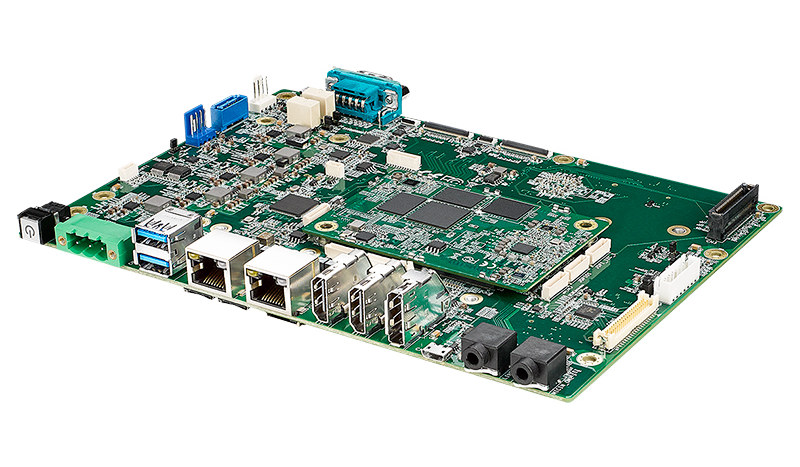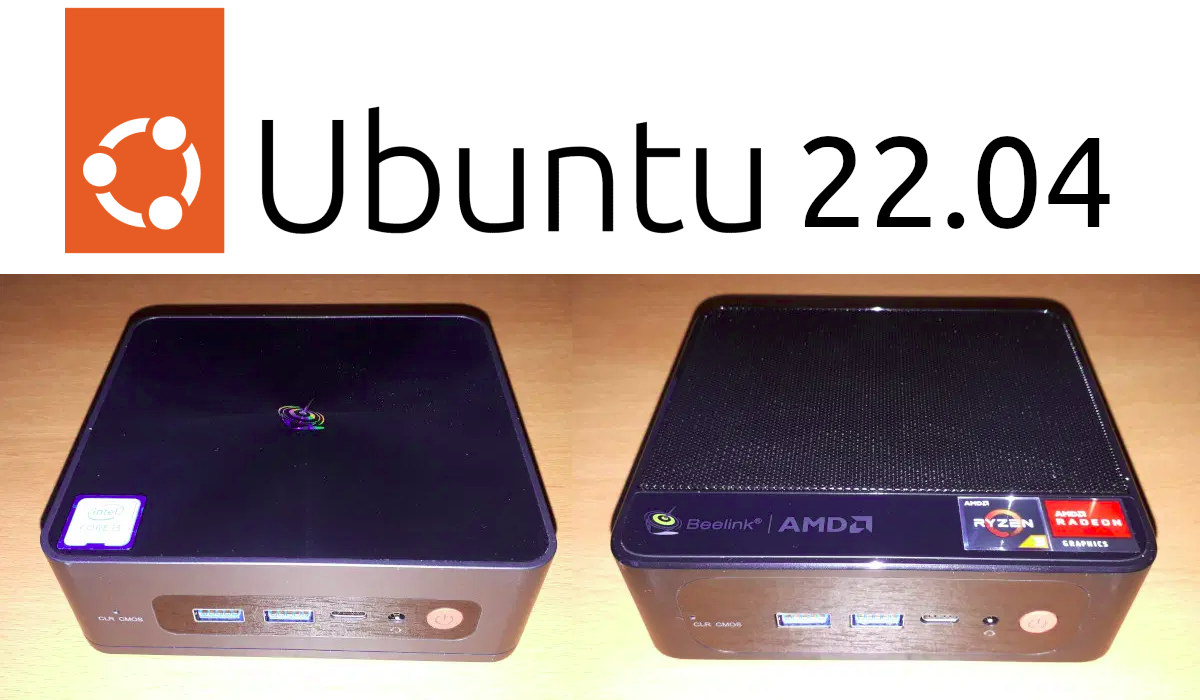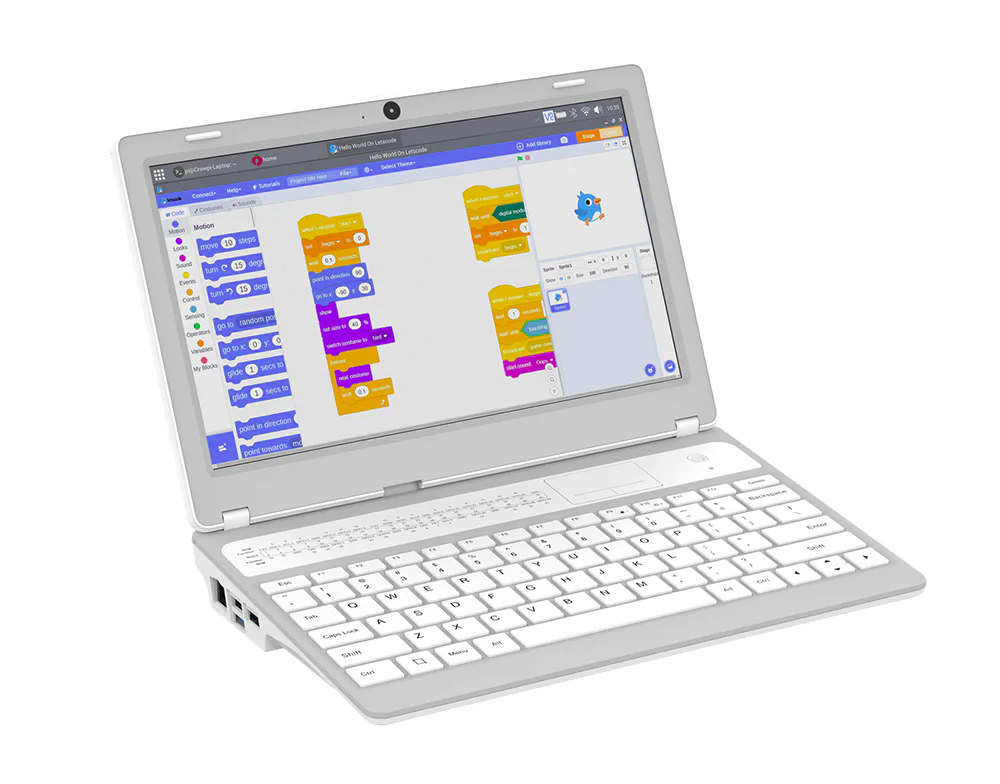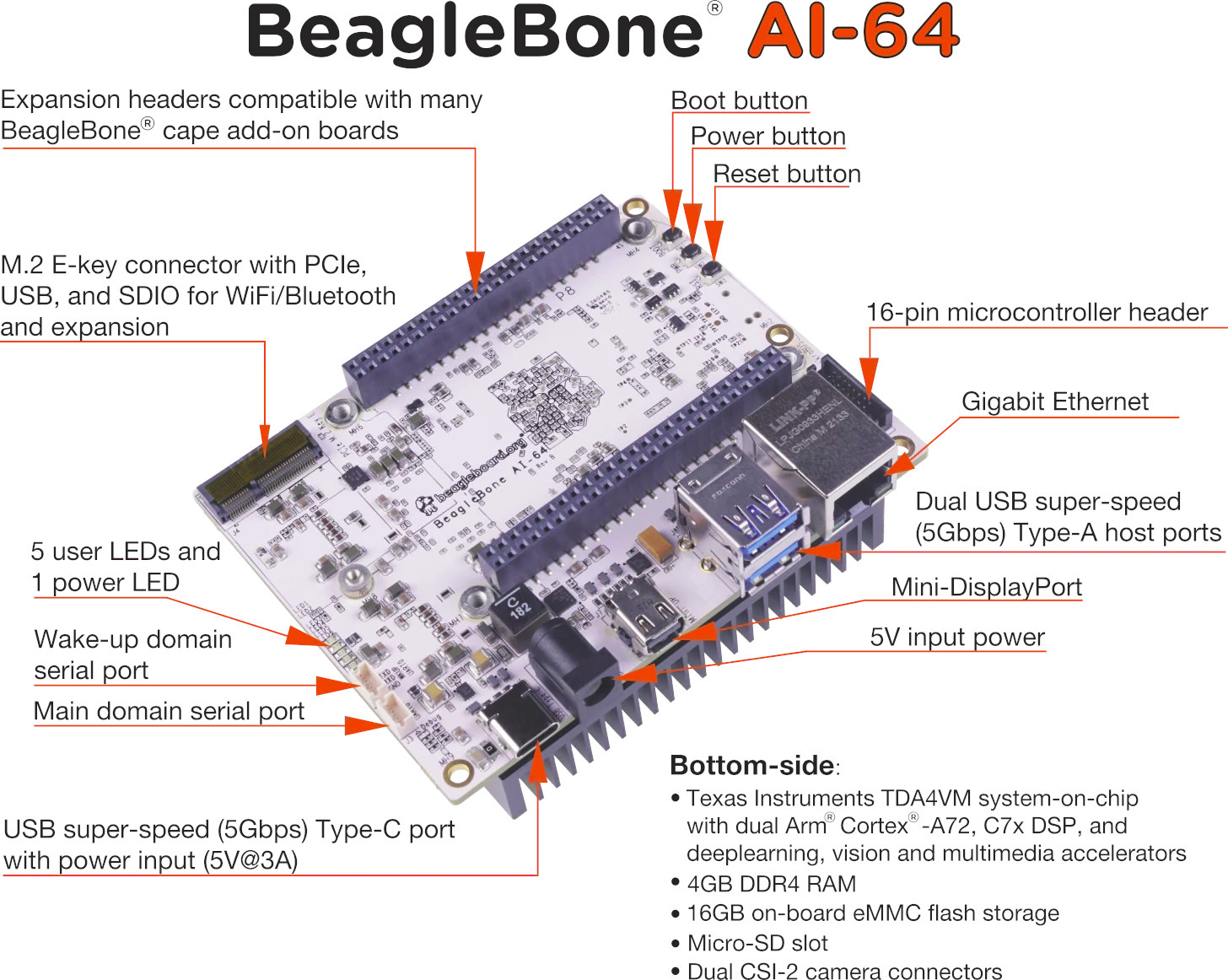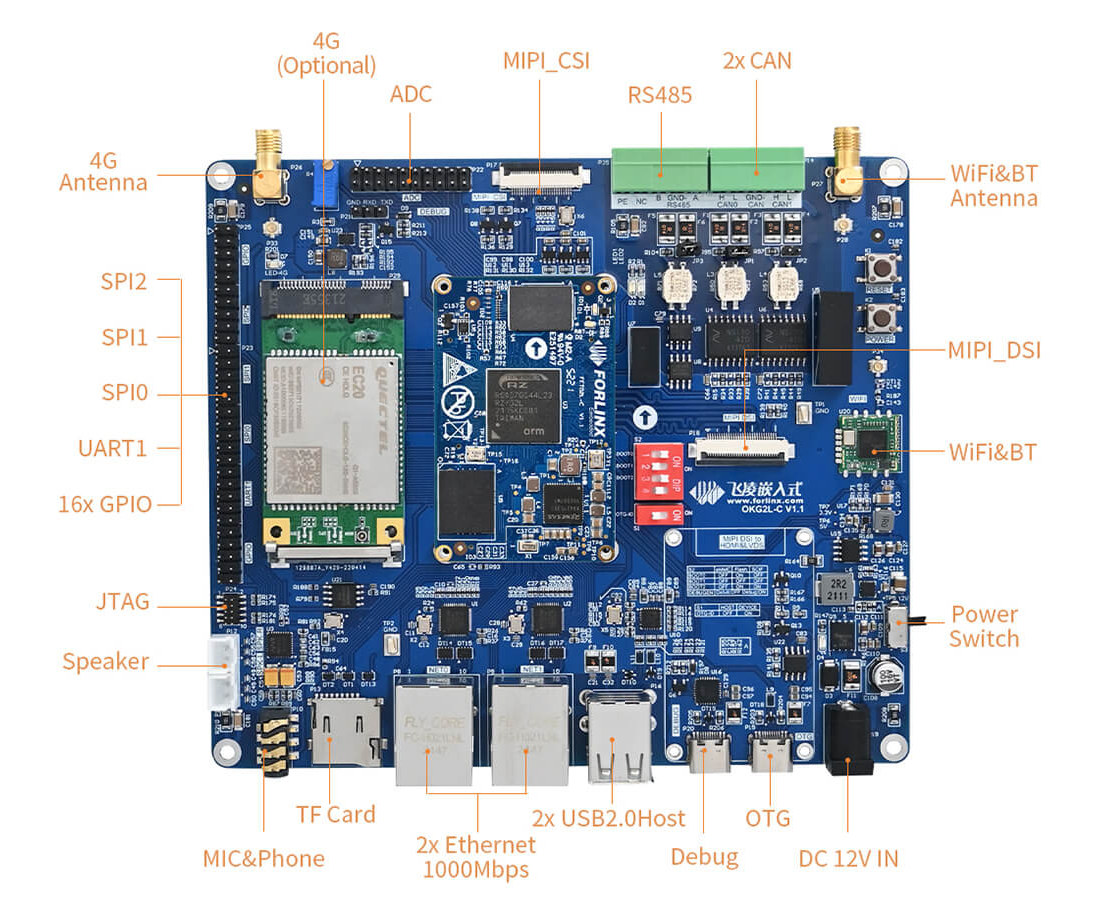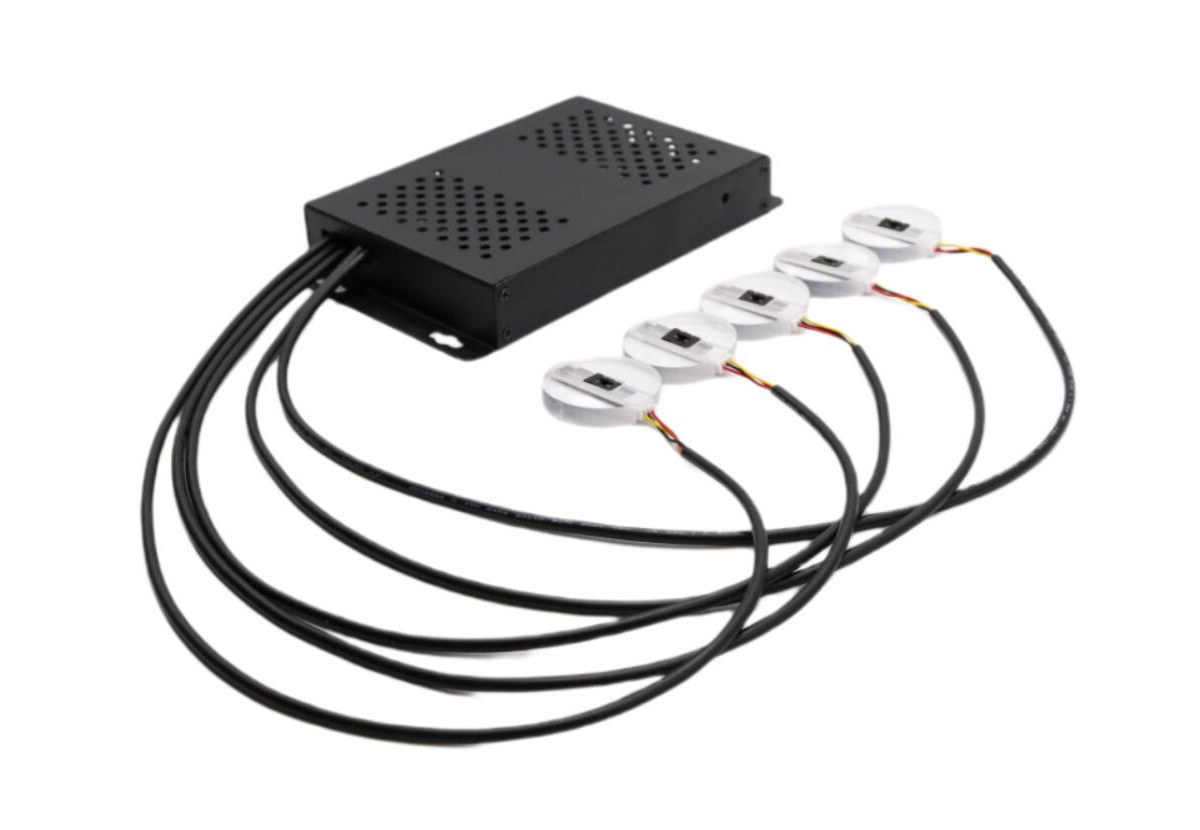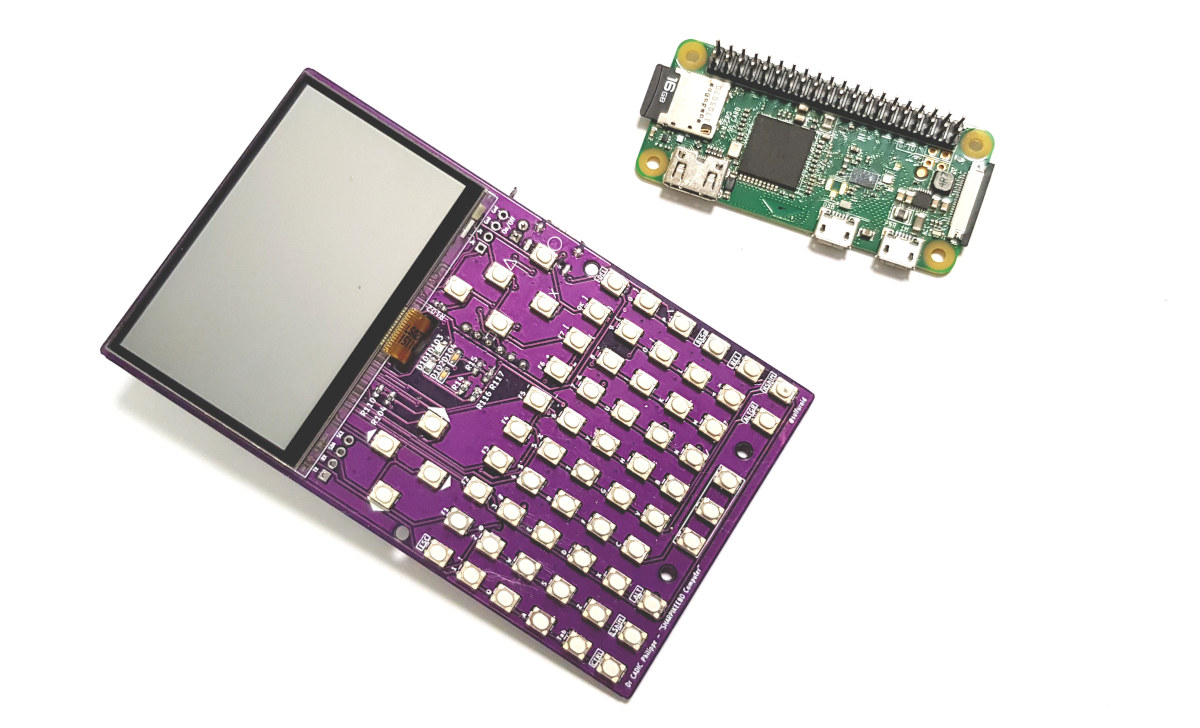Vecow has announced a series of new system-on-modules and development kits based on Mediatek Genio 350, Genio 500, or Genio 1200 processors for AIoT applications ranging from smart security, smart retail, and traffic vision to digital signage. This follows last week’s news about ADLINK LEC-MTK-I12000 SMARC module and devkit powered by MediaTek Genio 1200 Cortex-A78/A55 AIoT processor, but Vecow also offers solutions based on the entry-level Genio 350 quad-core Cortex-A53 processor, and the mid-range Genio 500 octa-core Cortex-A73/A53 processor. ESOM-MT-350 Genio 350 system-on-module and devkit Specifications: SoC – MediaTek Genio 350 quad-core Cortex-A53 processor @ 2.0GHz with Mali-G52 GPU with support for OpenGL ES 3.2, OpenCL ES 2.0, and Vulkan 1.1, 1080p60 H.265/H.264 video decoder System Memory – 2GB LPDDR4 SDRAM Storage – 16GB eMMC flash Wireless – MT7668 WiFi 5 and Bluetooth 4.2 module with IPEX connector Audio – MediaTek MT6390/6357 audio codec Debugging – On-module debug console port […]
Think Silicon NEOX RISC-V GPU offers 3D graphics or AI acceleration
Think Silicon NEOX GPU family with models optimized for graphics (NEOX|G) or artificial intelligence (NEOX|A) is based on the RISC-V RV64C ISA instruction set with adaptive NoC, and offers up to 64 cores delivering up to 409.6 GFLOPS at 800MHz with support for FP16, FP32 and optionally FP64 and SIMD instructions. The NEOX GPUs can be integrated into microcontrollers, crossover processors, and even more powerful application processors, and target AI, IoT/Edge, and media processing in consumer and industrial devices. Each shader of the GPU is a programmable 64-bit RISC-V (RV64GC) core running a real-time operating system (RTOS) and the GPU is supported by lightweight graphics and machine learning frameworks. The multi-threaded GPU system can be customized for graphics, machine learning, vision/video processing, and general-purpose compute (GPGPU) workloads. The solution is meant to be integrated into 32-bit SoCs designed for smartwatches, augmented reality (AR) eyewear, video surveillance, and smart display terminals […]
Beelink SER3 & SEi8 mini PCs review – Part 2: Ubuntu 22.04
Previously, I reviewed Beelink’s new SEi8 and SER3 mini PCs running Windows 11, so in this part, I will cover Ubuntu 22.04. Hardware Recap The SEi8 is an actively cooled Intel mini PC that physically consists of a 124 x 113 x 41 (4.88 x 4.45 x 1.61 inches) square metal case with a plastic top and uses Intel’s 14++ nm Coffee Lake Refresh Core i3-8109U processor from 2018 which is a dual-core 4-thread 3.00 GHz mobile processor boosting to 3.60 GHz with Intel’s Iris Plus Graphics 655. In comparison, the SER3 is an AMD mini PC and is physically very similar, consisting of a 126 x 113 x 40mm (4.96 x 4.45 x 1.57 inches) square metal case. It is also actively cooled and uses AMD’s 14 nm Zen Ryzen 3 3200U Picasso processor from 2019 which is a dual-core 4-thread 2.6 GHz mobile processor boosting to 3.5 GHz […]
CrowPi L is a $200 laptop shell for Raspberry Pi 4
Two years ago, we reviewed CrowPi 2 Raspberry Pi 4 laptop designed for STEM education with embedded electronics modules and Letscode software with step-by-step tutorials to learn Scratch and Python programming. I found it quite good, but many people were mostly interested in having a Raspberry Pi 4 laptop, and the price tag was a bit high at the time. That’s probably why Elecrow has now designed for CrowPi L laptop shell for Raspberry Pi 4 based on the CrowPi 2 but without all the electronics modules, and with a built-in battery to operate more like an actual laptop. CrowPi L laptop shell specifications: Compatible SBC’s – Raspberry Pi 4 Model B only Storage – Full-size SD card slot Display – 11.6-inch 1366×768 IPS screen (CrowPi 2 was 1920×1080) Video Output – HDMI output for external monitor Camera – 2MP camera Audio – Built-in microphone and stereo speaker; 3.5mm audio […]
BeagleBone AI-64 SBC features TI TDA4VM Cortex-A72/R5F SoC with 8 TOPS AI accelerator
BeagleBone AI-64 is a single board computer (SBC) powered by a Texas Instruments TDA4VM dual-core Cortex-A72 + hexa-core Cortex-R5F processor which also embeds an 8 TOPS AI accelerator, plus three DSP, as well as plenty of I/Os that makes it ideal for advanced AI industrial applications. It follows the BeagleBone-AI SBC launched in 2019, but with much higher specs including a 64-bit Arm processor, 4GB RAM, three USB 3.0 ports, an M.2 E-Key socket with PCIe, USB and SDIO, plus the usual expansion headers that keep compatibility with existing BeagleBone cape add-on boards. BeagleBone AI-64 specifications compared to BeagleBone-AI and BeagleBone Black boards: Another notable change is that a mini DisplayPort has now replaced the micro HDMI port found in earlier boards. The TDA4VM SoC comes with many co-processors, so it will be interesting to see how well those are supported in the software. BeagleBoard.org provides Debian 11.3 with […]
Forlinx introduces Renesas RZ/G2L system-on-module and development board
Renesas RZ/G2L or RZ/V2L Cortex-A55/M33 processors have found their way into several system-on-modules and single board computers recently with the likes of Geniatech AHAURA board, Avnet RZBoard, or ARIES Embedded MSRZG2UL OSM module among others. Forlinx Embedded has joined the fray with the Renesas RZ/G2L-based FET-G2LD-C system-on-module, and a corresponding OK-G2LD-C development board with plenty of I/Os including dual Gigabit Ethernet, RS485 and CAN Bus interfaces, built-in WiFi and Bluetooth, plus an optional EC20 4G mini PCIe module. FET-G2LD-C system-on-module Specifications: SoC – Renesas RZ/G2L (R9A07G044Lxx) dual or single-core Arm Cortex-A55 processor @1.2GHz, with real-tme Arm Cortex-M33 core @ 200MHz, Arm Mali-G31 GPU with OpenGL ES 1.1/2.0/3.1/3.2,Vulkan 1.1, OpenCL 2.0, 1080p30 VPU with H.264 AVC/MVC video encoding/decoding System Memory – 1GB / 2GB DDR4 Storage – 8GB or 16GB eMMC flash, 16MB QSPI NOR flash 3x 80-pin B2B connectors with MIPI-DSI and RGB interfaces up to 1920×1080, 2x 1000Mbps Ethernet […]
Light sensors add “lift and learn” feature to digital signage player
Light sensors are used to turn on/off lights, adjust the brightness of displays, and more. But I’ve come across a use case I never thought of: object presence detection. In the digital signage work, such features if called “lift and learn”, and light sensors are used to detect when an object is present and play a video or display information about the product. That concept came to my attention when I saw a photo of Mekotronics R29 digital signage player with several cables coming out of the device and attached to what looked like white hockey pucks and turned out to be light sensors. Apart from the light sensors, Mekotronics R29 specifications are pretty standard: SoC – Rockchip RK3399 hexa-core processor with 2x Cortex-A72 cores, 4x Cortex-A53 cores, Arm Mali-T860MP4 GPU, 4K VP9, H.264, H.265, and 1080p60 VC-1, MPEG-1/2/4, VP6/8 video decoder System Memory – 4GB DDR Storage – 64GB […]
ShaRPiKeebo handheld Linux computer based on Raspberry Pi Zero (2) W ships with a LoRa radio (Crowdfunding)
Morpheans ShaRPiKeebo is a portable Linux computer based on Raspberry Pi Zero W or Zero 2 W SBC that reminds me of the Allwinner R8 powered PocketCHIP handheld computer that was introduced in 2016, and was quite popular (for a niche product) at the time. The ShaRPiKeebo comes with a physical QWERTY keyboard, a daylight-readable screen, and Wi-Fi & Bluetooth connectivity, but also adds a 433 MHz LoRa radio that should make it usable as an off-the-grid communicator. Just like PocketCHIP, the ShaRPiKeebo can be used for system administration, retro-gaming, pen testing, STEM education, and all sort of maker projects. ShaRPiKeebo specifications: Supported SBCs via 40-pin GPIO header – Raspberry Pi Zero W, Raspberry Pi Zero 2 W, and (maybe) compatible SBCs like Radxa Zero or Banana Pi M2 Zero Display – 2.7- inch SHARP memory display (LS027B7DH01) with 400×240 resolution, low-latency, low-power Connectivity 802.11 b/g/n WiFi 4, Bluetooth 4.2 […]


